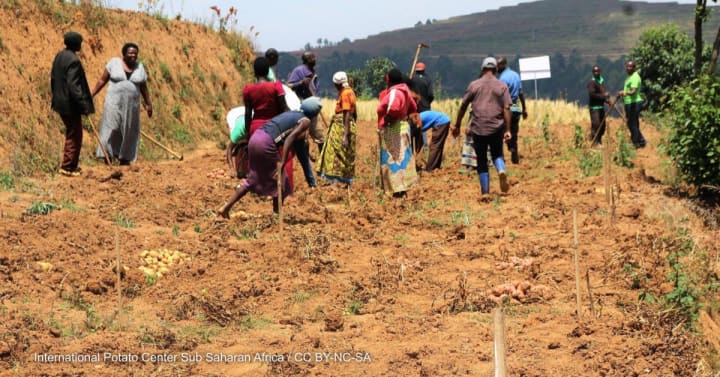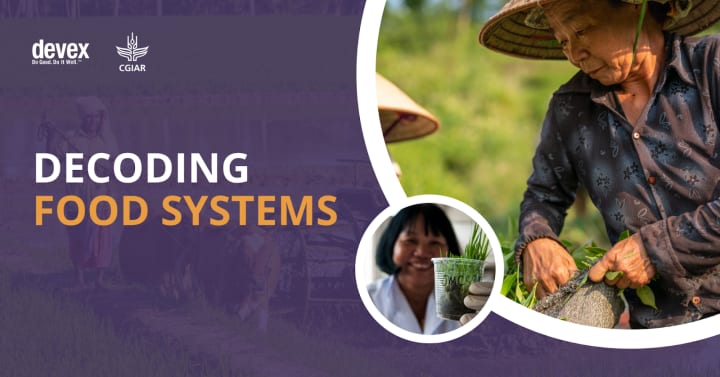
Scientists from CGIAR, a global research partnership for a food-secure future, may have found the missing link between promising research and smart decision-making — and it wasn’t discovered in a lab.
“Citizen science makes our scientific research more inclusive, effective, and relevant to society,” Kalpana Sharma, chief scientist at CGIAR’s International Potato Center, or CIP, told Devex. ”Because sometimes, what we do in a lab setting may not be relevant to the actual field.”
By harnessing the power of people on the ground, scientists are building a case that citizen science — public participation in scientific research and data collection — can provide decision-makers with the context-rich research they need to make meaningful progress against the United Nations Sustainable Development Goals, or SDGs.
CGIAR research centers have been utilizing citizen science to help bridge the gap between the lab and the land for quite some time: The Seeds for Needs program from their affiliate Alliance of Bioversity International and CIAT has involved over 50,000 farmers across 14 countries in the research gathering process, providing essential data and feedback to help strengthen local seed systems since 2009. In recent years, however, the integration of artificial intelligence, or AI, into citizen science initiatives has bolstered the impact and usability of these programs.
One such initiative, the mini Stream Assessment Scoring System, or miniSASS, was developed with support from CGIAR to monitor the quality and health of stream and river systems. In 2024, over 1,000 citizens in Southern Africa used the miniSASS app to photograph organisms found in stream water samples. The app uses AI to identify the organisms, determining the water quality based on the presence of specific species.
The versatility of miniSASS data has allowed for its use in other water management projects, broadening the scope of its impact. One such project is the Digital Twin of the Limpopo River Basin, a virtual representation created as part of the CGIAR Initiative on Digital Innovation. The tool provides the Limpopo Water Commission with real-time data from miniSASS to assist with the water management of a river system serving 18 million people, spanning from Botswana to Zimbabwe.
According to Sharma, the ability to collect and validate large sets of context-specific data in real time is integral to understanding and measuring meaningful progress in sustainability efforts. A 2021 UN Water report recognized the “global potential” of miniSASS to monitor SDG Indicator 6.3.2 — the proportion of bodies of water with good ambient water quality.
Similar citizen science projects have shown promising potential to impact other SDGs, particularly related to food systems. Sharma described a CGIAR initiative that was developed for use by farmers in Rwanda to test and validate new potato crop varieties. According to Sharma, compared to other types of trials that often end in crop varieties being rejected by farmers after they are released, CGIAR’s approach proved more effective in understanding — and responding to — the needs of farmers.

To foster wider acceptance and use of the citizen science model to work toward achieving the SDGs, crowdsourced research tools should be made more user-friendly and training efforts scaled, according to Sharma.
Effective public-private partnerships are also needed to “facilitate better adoption” of “context-specific solutions that can be scaled,” Sharma said. In light of the “global influence, network, and expertise” of CGIAR and their research centers, she added, “[they] can play a really crucial role in driving the widespread use of technologies driven by citizen science and AI.”
— a series amplifying stories from CGIAR’s Flagship Report, Insight to Impact, and exploring the innovative solutions that demonstrate transformative changes on the horizon.
This content is sponsored by CGIAR as part of our Decoding Food Systems series. Click here to learn more.










